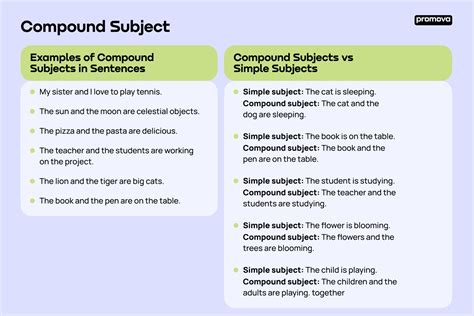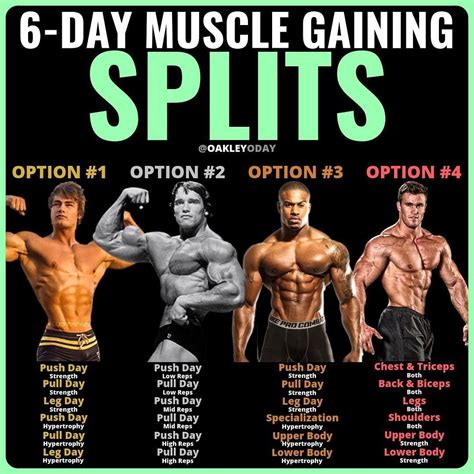Optimize training: Maximize muscle gains with minimal gym time?

The Modern Dilemma: Time vs. Gains
In an increasingly busy world, finding time for the gym can feel like an Olympic feat in itself. The common perception is that building substantial muscle requires hours upon hours of grinding in the gym, day in and day out. However, this couldn’t be further from the truth. With the right approach, you can achieve impressive muscle gains and significant strength improvements without sacrificing your entire week to the iron temple. The key lies in optimizing your training, making every minute count, and understanding the science behind muscle hypertrophy.
This article will guide you through the principles and practical strategies to maximize your muscle growth efficiently, allowing you to get in, get strong, and get on with your life.

Foundational Pillars of Minimal Time, Maximal Results
To make every gym session count, you need to understand the core drivers of muscle growth. These aren’t about fancy machines or secret supplements; they’re about fundamental training principles:
- Intensity Over Volume: While volume (total sets/reps) plays a role, for time-efficient training, high intensity is paramount. This means pushing yourself close to muscular failure within your working sets, truly challenging your muscles with appropriate weight.
- Compound Movements: Prioritize exercises that work multiple muscle groups and joints simultaneously. Think squats, deadlifts, bench presses, overhead presses, and rows. These movements are incredibly efficient because they stimulate more muscle fibers in less time compared to isolation exercises.
- Progressive Overload: This is arguably the most crucial principle for muscle growth. To continue building muscle, you must consistently challenge your body more than it’s accustomed to. This could mean lifting slightly heavier weight, performing more repetitions with the same weight, improving form, or even increasing time under tension. Without progressive overload, your muscles have no reason to grow stronger or larger.
- Periodization and Deloads: Smart programming includes cycles of higher intensity/volume followed by periods of reduced training (deloads) to allow for recovery and supercompensation. This prevents burnout and optimizes long-term progress.

Crafting Your Time-Efficient Training Schedule
So, what does an optimized, minimal-time training schedule look like? The sweet spot for most individuals aiming for muscle gain with limited time is 2-4 full-body or upper/lower split workouts per week. Here’s why:
- Full-Body Workouts (2-3 times/week): These are incredibly efficient as they hit all major muscle groups in one session, allowing for sufficient recovery between workouts. A typical session might involve 1-2 compound exercises per major muscle group (legs, chest, back, shoulders) followed by perhaps one isolation exercise if time permits.
- Upper/Lower Splits (4 times/week): If you have slightly more time, an upper/lower split (e.g., Upper, Lower, Rest, Upper, Lower, Rest, Rest) allows for more targeted focus on muscle groups while still providing adequate recovery.
Regardless of the split, focus your workouts on 4-6 primary compound exercises. Aim for 3-4 sets per exercise, with rep ranges typically between 5-12 for hypertrophy, pushing close to failure on your working sets.

Making Every Rep Count: Intensity and Focus
Once you’re in the gym, your goal is to maximize the stimulus in the shortest amount of time. This means:
- Warm-up Strategically: Don’t spend half an hour on the treadmill. A dynamic warm-up targeting the movements you’re about to perform, combined with light sets of your first exercise, is usually sufficient.
- Focus on Form: Quality over quantity. Ensure perfect form to effectively target the intended muscles and prevent injury. Sloppy reps are wasted reps.
- Train to Failure (or Close): For optimal muscle growth stimulus in fewer sets, push your working sets to within 1-2 reps of muscular failure. This high level of effort is crucial when volume is limited.
- Manage Rest Periods: Keep rest periods concise but adequate for recovery between sets, usually 60-120 seconds for compound lifts. Use a timer if necessary to stay on track.
- Supersets/Giant Sets (Optional): If you’re truly pressed for time, consider pairing non-competing exercises (e.g., bench press with pull-ups, or squats with rows) to reduce overall workout duration, but be mindful of fatigue.

The Critical Role of Fuel and Rest
Your work in the gym is only half the battle. What you do outside of it is equally important for muscle growth, especially when your gym time is limited:
- Nutrition is Key: Ensure you are eating enough calories to support muscle growth (a slight caloric surplus is ideal) and consuming adequate protein (1.6-2.2 grams per kg of body weight) to repair and build muscle tissue. Don’t neglect healthy fats and complex carbohydrates for energy and overall health.
- Prioritize Sleep: Muscle growth and repair primarily happen during rest. Aim for 7-9 hours of quality sleep per night. This is non-negotiable for recovery and performance.
- Hydration: Staying well-hydrated is crucial for athletic performance, nutrient transport, and overall bodily functions.

Unlock Your Potential with Smart Training
Maximizing muscle gains with minimal gym time isn’t about shortcuts; it’s about smart, efficient training. By focusing on intensity, compound movements, progressive overload, and prioritizing recovery, you can build an impressive physique without letting your fitness goals consume your entire life. Consistency, adherence to these principles, and listening to your body will be your most powerful tools. Embrace the challenge, optimize your efforts, and watch your body transform, proving that quality truly trumps quantity in the pursuit of muscle.






